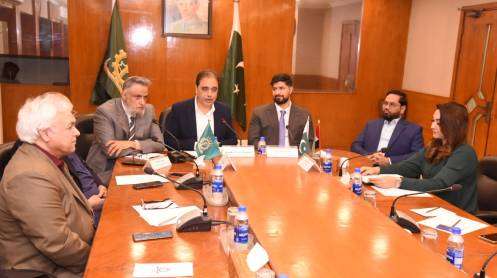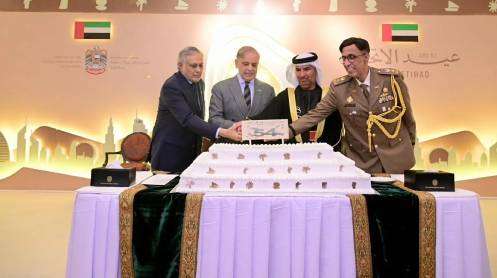ISLAMABAD: Federal Minister for Power, Sardar Awais Ahmed Khan Leghari, on Tuesday questioned the accuracy of the Benazir Income Support Programme (BISP) data being used to determine eligibility for electricity subsidies. Speaking at a meeting of the National Assembly Standing Committee on Power, chaired by MNA Muhammad Idrees, the Minister emphasized the need for reforms to ensure subsidies are directed toward deserving consumers.
Responding to MNA Rana Muhammad Hayat, Leghari revealed that out of 380 million electricity consumers, 180 million use up to 200 units monthly — a segment growing by nearly 4 million users annually. He stressed that these “protected” users benefit from an 80% subsidized rate, the lowest in the region. However, he cautioned that many users falling within this bracket have installed solar systems, increasing the overall subsidy burden.
“There are discrepancies in BISP data. We must ensure subsidies reach truly eligible households,” Leghari noted, highlighting the government’s efforts to introduce reforms and improve targeting.
Addressing concerns over minor consumption differences — such as 200 vs. 201 units — he proposed setting clear thresholds. He also promoted the “Apna Meter, Apni Reading” app, aimed at curbing overbilling.
Discussing power sector losses, Leghari disclosed that Rs. 250 billion is lost annually due to electricity theft, with another Rs. 250 billion due to non-recovery of bills. He emphasized that electricity can only be supplied to informal settlements like katchi abadis upon formal requests from local authorities, stressing that distribution companies (Discos) must not bear the cost of unplanned developments.
Regarding provincial Electricity Duty (ED), Leghari confirmed that Sindh Chief Minister Murad Ali Shah had responded to the federal proposal to cease ED collection via Discos starting July 2025. “Provinces have the right to levy ED, but they should collect it themselves,” he said, noting that annual ED collection amounts to Rs. 60–70 billion.
Leghari also informed that talks are underway with the IMF and development partners over subsidised tariffs for industrial and agricultural sectors.
The Committee deferred discussions on HESCO’s discriminatory load-shedding and power grid issues in Sanghar. However, it reviewed previous recommendations, expressing satisfaction over progress, including efforts to resume billing in 25 villages in Shabqadar, Khyber Pakhtunkhwa.
PESCO’s CEO reported local resistance to individual meters in Charsadda, where residents demand flat rates. The Committee proposed solar energy systems as a solution and called for a sub-committee to investigate upon receiving details of illegal connections.
Internship disparities were also highlighted. While student interns receive Rs. 3,000 per month, graduate engineers under apprenticeship programs earn Rs. 75,000 for two months. The Committee directed the Power Division to propose a more balanced stipend policy.
Additionally, WAPDA was instructed to release funds for incomplete 11KV feeders in Kohistan. A joint briefing by HESCO and K-Electric outlined grid upgrades to address growing demand in Sindh and Karachi, including proposals for a 220KV grid station in Nawabshah and transformer upgrades in Jamshoro.
NTDC shared plans for new transmission lines and alternate power sources across Sindh. MNA Syed Waseem Hussain noted HESCO’s stretched resources in supplying power to Karachi, proposing a new grid station.
MNA Rana Hayat raised the issue of widespread illegal connections in katchi abadis, suggesting regularization through fines. Leghari reiterated that power supply depends on prior municipal approvals to ensure alignment with basic infrastructure.
The Committee will revisit concerns over tariff discrepancies for 200 vs. 201 units in the next session, which the Minister proposed should primarily focus on electricity theft and recovery performance.
Story by Mushtaq Ghumman







